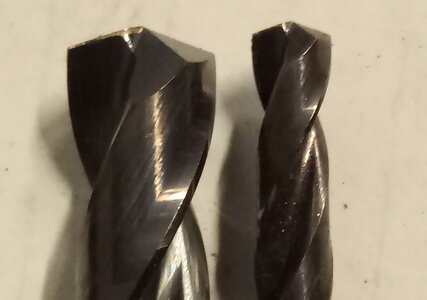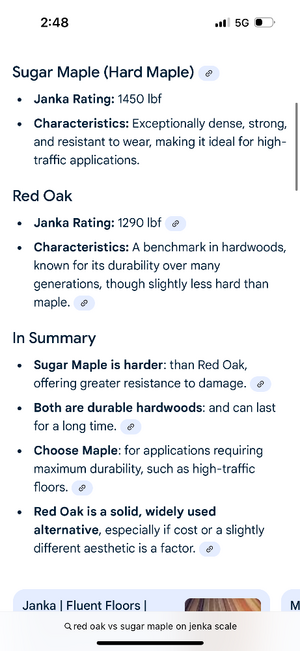Google AI:
Oil flow through a straight hole in a wall is generally more efficient and results in a higher flow rate than through an angled hole, assuming the same wall thickness, because the angle introduces more resistance and pressure loss due to non-ideal flow paths and increased turbulence. While angled holes, particularly those with rounded entrances, can reduce internal friction and improve the discharge coefficient in some applications, a straight, or simply-angled, well-designed hole provides a more direct path, minimizing these negative effects and allowing for a more predictable and higher volume of flow for a given pressure difference.
Factors that influence flow in an angled hole
- Increased resistance:The angled path forces the oil to change direction, creating friction against the wall and energy losses that aren't present in a straight path.
- Turbulence and secondary flows:The change in direction and increased velocity at the exit can generate more turbulent flow and secondary motions, which further increase pressure losses.
Comparison with a straight hole
- Lower pressure drop:A straight hole provides a more direct path, which leads to lower pressure losses and higher flow rates for the same pressure difference.
- Simplified flow:The flow through a straight hole is more straightforward and predictable, making it easier to design and analyze.








